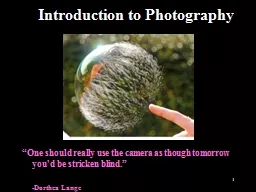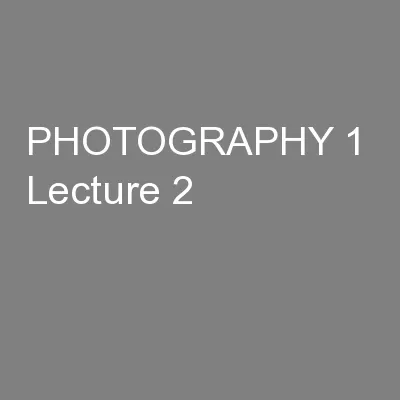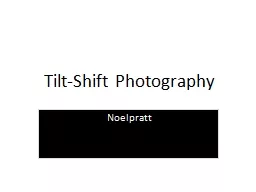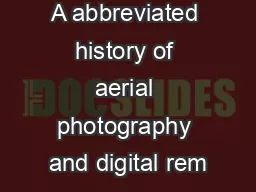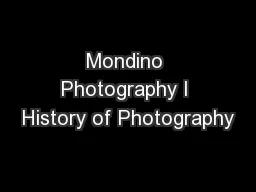PPT-1 Introduction to Photography
Author : briana-ranney | Published Date : 2016-08-15
One should really use the camera as though tomorrow youd be stricken blind Dorthea Lange 2 What is Photography the art science and practice of creating durable images by
Presentation Embed Code
Download Presentation
Download Presentation The PPT/PDF document "1 Introduction to Photography" is the property of its rightful owner. Permission is granted to download and print the materials on this website for personal, non-commercial use only, and to display it on your personal computer provided you do not modify the materials and that you retain all copyright notices contained in the materials. By downloading content from our website, you accept the terms of this agreement.
1 Introduction to Photography: Transcript
Download Rules Of Document
"1 Introduction to Photography"The content belongs to its owner. You may download and print it for personal use, without modification, and keep all copyright notices. By downloading, you agree to these terms.
Related Documents

